-
OUR Rhinoplasty techniquesCosmeticFunctional
As one of the best maxillofacial surgeons in California, Dr. Zarrabi offers Persian rhinoplasty, a specialized procedure that enhances nose aesthetics while preserving ethnic identity. Focusing on the unique structural traits common among Middle Eastern individuals, this tailored operation addresses prominent nasal bridges, thick skin, and other distinct features. Dr. Zarrabi combines piezo ultrasonic techniques with an artistic eye to ensure facial harmony and maximize safety. Patients can benefit from our advanced treatment that creates balanced, refined, and long-lasting results.
Persian
Rhinoplasty in California
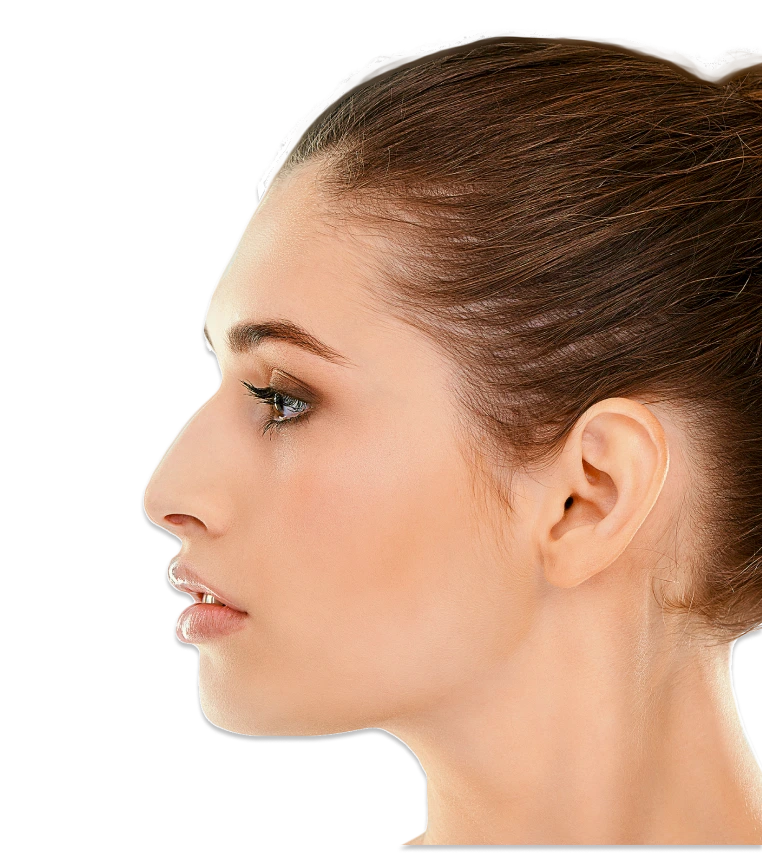
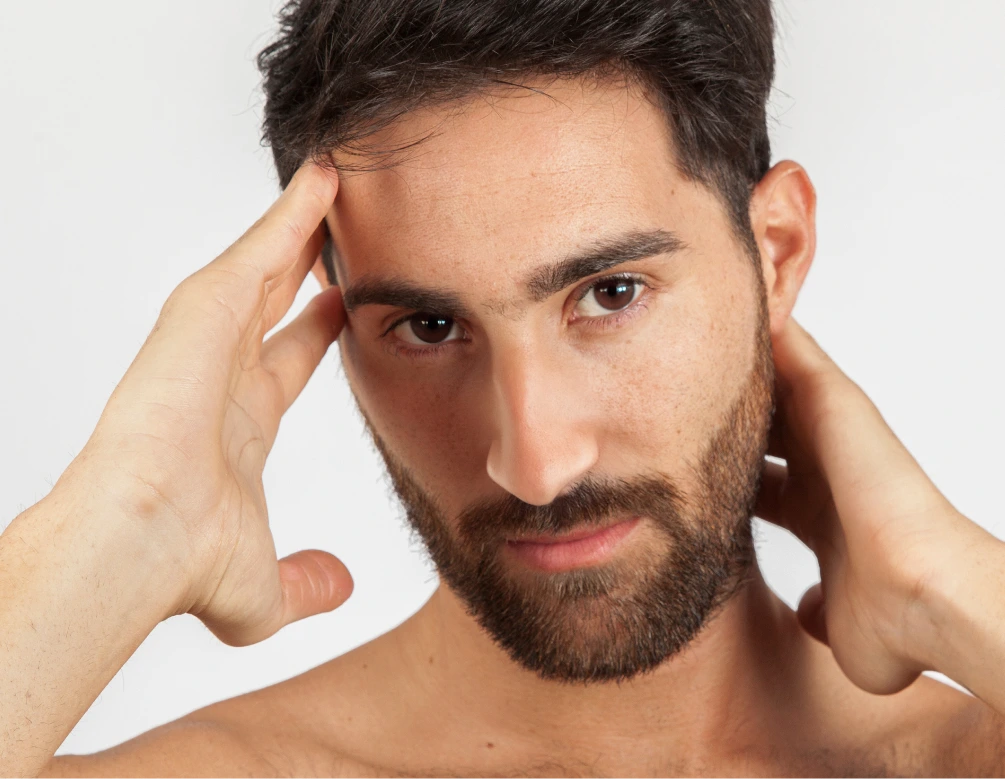
Persian rhinoplasty is a specialized approach to nose surgery developed and refined by Iranian doctors. It involves particular techniques that address the distinct features found in Middle Eastern and Persian people. This style of rhinoplasty typically focuses on reshaping stronger nasal bridges, thicker skin, and more prominent profiles while maintaining ethnic characteristics and creating natural-looking results. Persian rhinoplasty has gained international recognition, with Tehran being known as the “nose job capital of the world” due to the high number of procedures performed and the expertise of its doctors in this particular technique. The surgery typically takes between 2 to 3 hours to complete and is performed under general anesthesia.
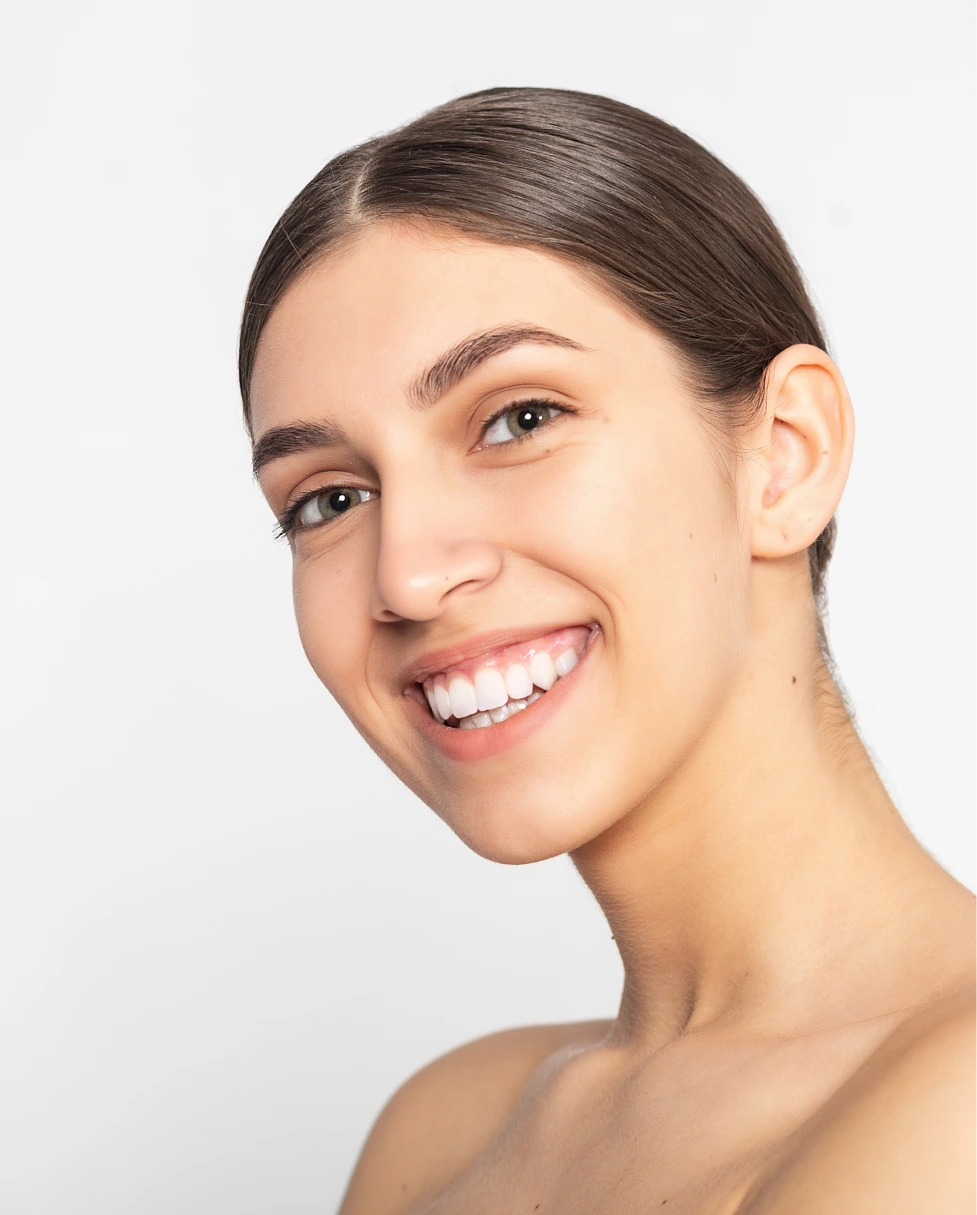
Pre-operative instructions include avoiding certain medications and supplements that may increase bleeding risk, such as aspirin and vitamin E, for at least two weeks before plastic surgery. Patients who smoke are required to cease nicotine consumption for some time before the procedure, as it can impair healing. Laboratory tests and medical clearance may be necessary, particularly for people with pre-existing conditions. Our consultation often includes detailed discussions about recovery time, post-operative care, and potential complications specific to the Persian rhinoplasty technique.
The nasal tip is refined using various techniques for better definition and projection. This might include removing excess cartilage, reshaping existing tissue, or adding grafts (cartilage material from an ear or another body part). Special attention is paid to maintaining the nose’s ethnic characteristics while achieving refinement.
If necessary, the nostrils are narrowed through tiny incisions at the alar base. This step is particularly important in Persian rhinoplasty, as it helps maintain ethnic harmony while achieving the desired aesthetic results.
Dr. Zarrabi makes final adjustments to ensure symmetry and smooth contours. This includes careful evaluation from multiple angles and fine-tuning of all modifications made during the procedure.
The external and internal incisions are meticulously closed using fine sutures. Dr. Zarrabi takes great care to minimize visible scarring and achieve excellent cosmetic results.
Persian rhinoplasty is performed under general anesthesia. This ensures complete patient comfort and allows Dr. Zarrabi to work with precision. Our anesthesiology team monitors vital signs throughout the entire procedure.
Dr. Zarrabi typically uses an open rhinoplasty approach, making a small cut across the columella (the tissue between the nostrils) and connecting it to incisions inside both nostrils. This provides complete visibility of the nasal structure and allows maximum surgical control.
A defining characteristic of Persian rhinoplasty is reducing the dorsal hump (a noticeable bump on the bridge of the nose). Dr. Zarrabi removes excess bone and cartilage using piezo ultrasonic technology. This step allows him to achieve the desired slope while maintaining structural integrity.
Persian rhinoplasty is performed under general anesthesia. This ensures complete patient comfort and allows Dr. Zarrabi to work with precision. Our anesthesiology team monitors vital signs throughout the entire procedure.
Patients should have adequate rest to support healing and restore energy. Breathing occurs through the mouth, and significant swelling and discomfort are common. Ice packs help manage bruising around the eyes and nose. Patients must always keep their heads elevated, even while sleeping, to minimize symptoms and promote proper healing.
The first week involves the most noticeable swelling and bruising. Nasal packing is typically removed after 24-48 hours while external splints and bandages remain in place. Patients experience congestion and must avoid blowing their noses. Mild pain and discomfort can be managed with prescribed medications. Most patients take this week off work to focus on recovery and relax.
External splints and bandages are usually removed around day 7-10. Bruising begins to fade significantly, though swelling remains noticeable. Patients can typically return to work and social activities. However, strenuous physical movements must be avoided. The nose remains sensitive to touch.
Most swelling subsides during this period. The nose becomes less sensitive, and patients can gradually resume their normal routines. Contact sports and activities with a risk of nasal trauma remain prohibited. The new shape of a Middle Eastern nose becomes more apparent.
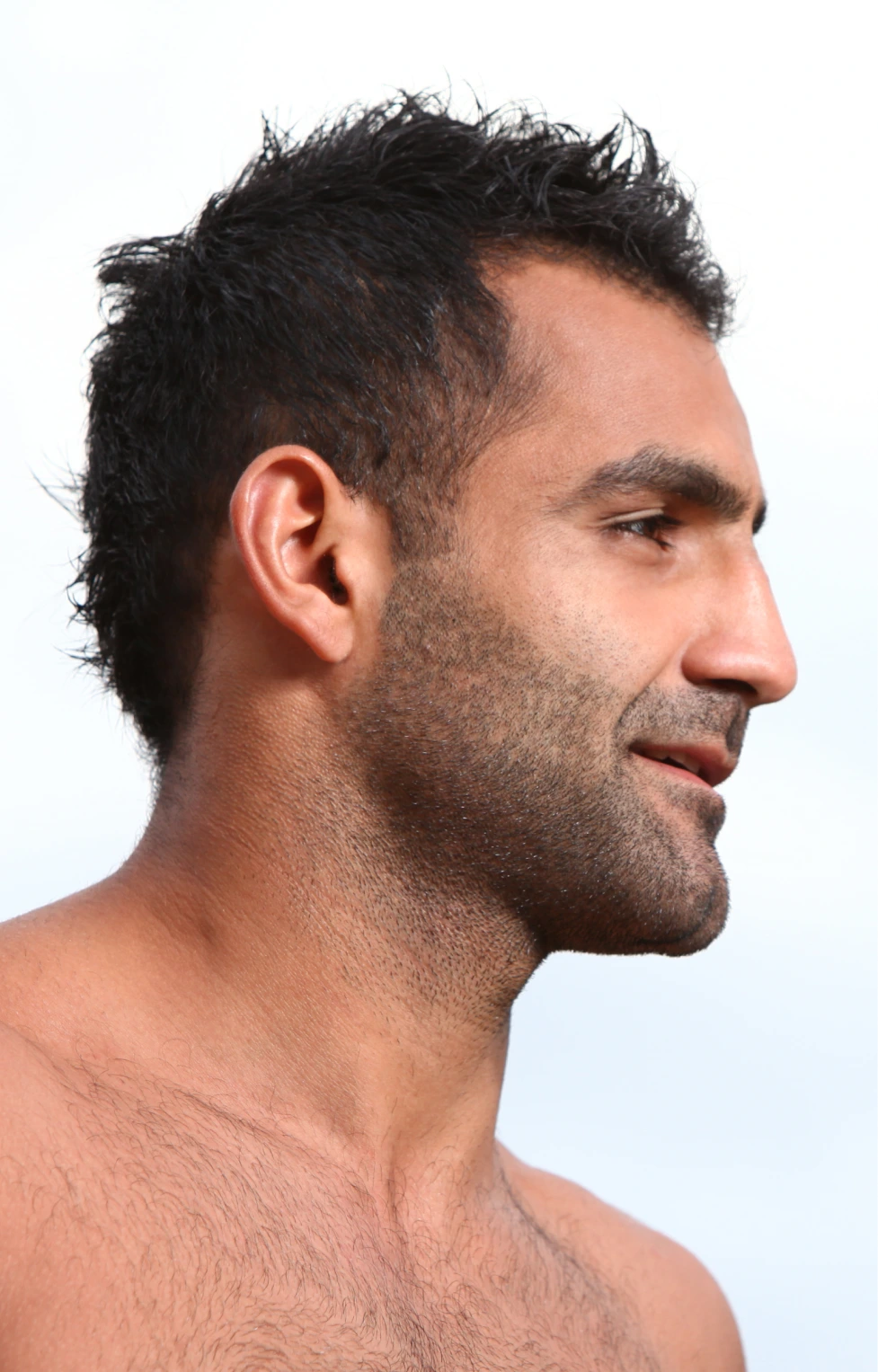




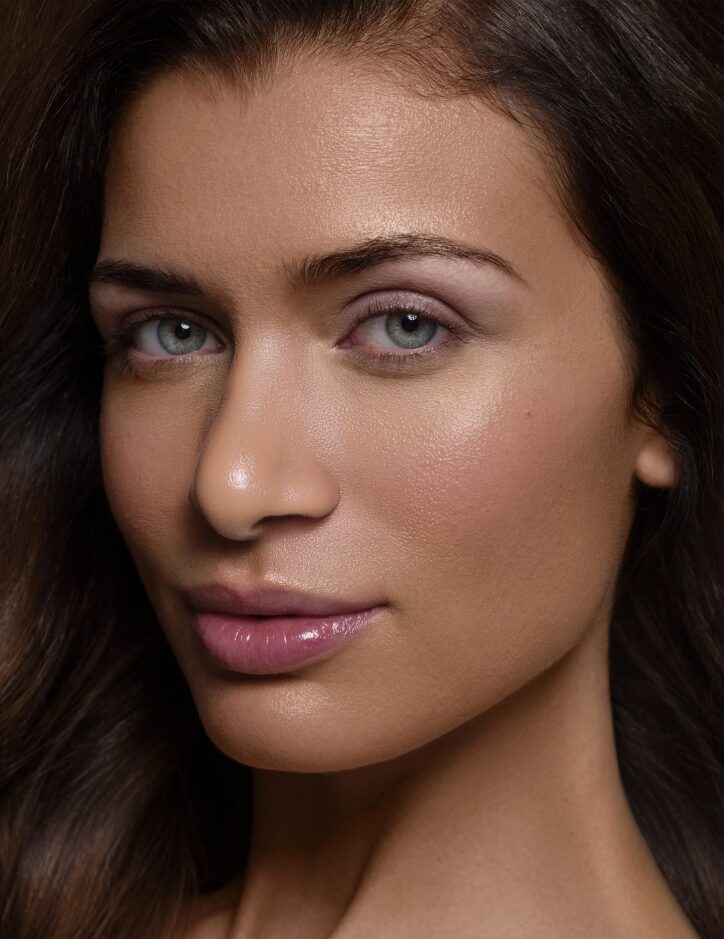
The cost of Persian rhinoplasty in California ranges from $10,500 to $20,000, depending on the complexity of the procedure and the surgeon’s expertise. Prices are higher in major metropolitan areas like Los Angeles and Beverly Hills. The total cost typically includes surgical fees, facility expenses, anesthesia, and post-operative care.
Our patients can receive accurate price quotes during the initial consultation with Dr. Zarrabi. Insurance plans usually do not cover Persian rhinoplasty when performed for cosmetic purposes. However, insurance providers may reimburse some costs if it is classified as a reconstructive surgery that corrects breathing problems. We also offer flexible financing options via CareCredit and Cherry to make payments more convenient for our patients.
The cost of Persian rhinoplasty in California ranges from $10,500 to $20,000, depending on the complexity of the procedure and the surgeon’s expertise. Prices are higher in major metropolitan areas like Los Angeles and Beverly Hills. The total cost typically includes surgical fees, facility expenses, anesthesia, and post-operative care.
Our patients can receive accurate price quotes during the initial consultation with Dr. Zarrabi. Insurance plans usually do not cover Persian rhinoplasty when performed for cosmetic purposes. However, insurance providers may reimburse some costs if it is classified as a reconstructive surgery that corrects breathing problems. We also offer flexible financing options via CareCredit and Cherry to make payments more convenient for our patients.


Monday – Friday
Saturday – Sunday

Mo – FR
Sa – Su
